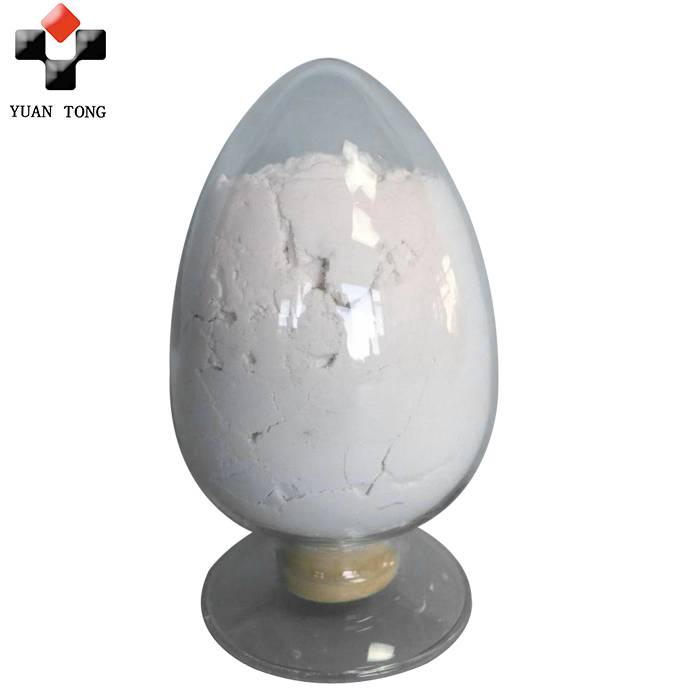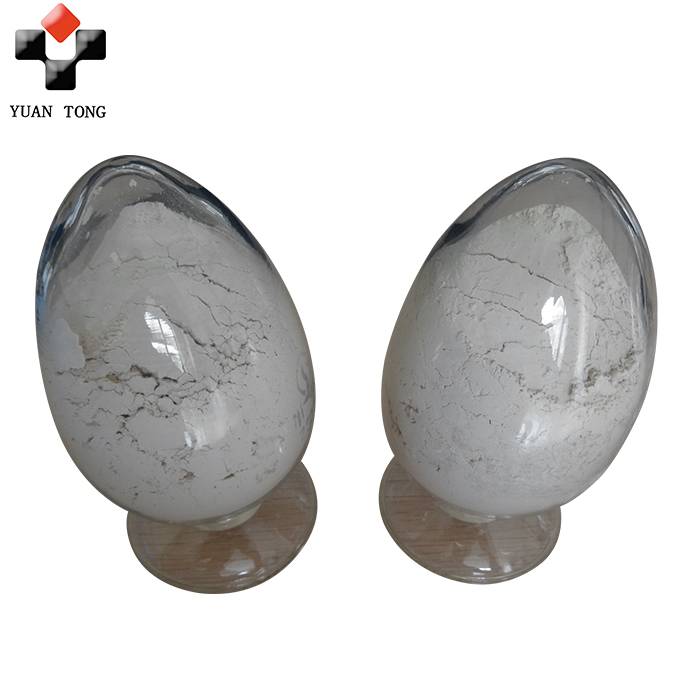Diatomaceous earth is a unique type of sand that consists of fossilized algae. It has begun appearing on the market as a dietary supplement and is promoted as having several health benefits.
Diatomaceous earth has already been mined for decades and has numerous industrial applications. This article takes a detailed look at the available research on its health effects. Horticulture Diatomaceous

Diatomaceous earth is a naturally occurring sand extracted from the earth.
It consists of microscopic skeletons of algae — known as diatoms — that have fossilized over millions of years (1).
There are two main types of diatomaceous earth: food grade, which is suitable for consumption, and filter grade, which is inedible but has many industrial uses.
The diatoms in diatomaceous earth are largely made up of a chemical compound called silica.
Silica is commonly found in nature as a component of everything from sand and rocks to plants and humans. However, diatomaceous earth is a concentrated source of silica, which makes it unique (2).
Commercially available diatomaceous earth is said to contain 80–90% silica, several other trace minerals, and small amounts of iron oxide (rust) (1).
Diatomaceous earth is a type of sand that consists of fossilized algae. It’s rich in silica, a substance that has many industrial uses.
Silica exists in two main forms, crystalline and amorphous (non-crystalline).
The sharp crystalline form looks like glass under a microscope. It has properties that make it desirable for numerous industrial applications.
The two main types of diatomaceous earth vary in their concentrations of crystalline silica:
Food-grade diatomaceous earth is low in crystalline silica and considered safe for humans. The filter-grade type is high in crystalline silica and toxic to humans.
Food grade diatomaceous earth is often used as an insecticide.
When it comes in contact with an insect, the silica removes the waxy outer coating from the insect’s exoskeleton.
Without this coating, the insect cannot retain water and dies of dehydration (5, 6).
Some farmers believe that adding diatomaceous earth to livestock feed kills internal worms and parasites through similar mechanisms, but this use remains unproven (7).
Diatomaceous earth is used as an insecticide to remove the waxy outer coating from the exoskeleton of insects. Some believe that it can also kill parasites, but this needs further research.
Food-grade diatomaceous earth has recently become popular as a dietary supplement.
It is claimed to have the following health benefits:
However, not many quality human studies have been done on diatomaceous earth as a supplement, so most of these claims are theoretical and anecdotal.
Supplement manufacturers claim that diatomaceous earth has many health benefits, but they have not been proven in studies.
Silicon — the non-oxidized form of silica — is one of many minerals stored in your body.
Its exact role is not well understood, but it appears to be important for bone health and the structural integrity of nails, hair, and skin (8, 9, 10).
Due to its silica content, some claim that ingesting diatomaceous earth helps increase your silicon levels.
However, because this type of silica does not mix with fluids, it is not well absorbed — if at all.
Some researchers speculate that silica may release small but meaningful quantities of silicon that your body can absorb, but this is unproven and unlikely (8).
For this reason, consuming diatomaceous earth probably has no meaningful benefits for bone health.
Some claim that the silica in diatomaceous earth can increase silicon in your body and strengthen bones, but this hasn’t been proven.
One major health claim for diatomaceous earth is that it can help you detox by cleansing your digestive tract.
This claim is based on its ability to remove heavy metals from water, which is the property that makes diatomaceous earth a popular industrial-grade filter (11).
However, no scientific evidence verifies that this mechanism can be applied to human digestion — or that it has any meaningful effect on your digestive system.
More importantly, no evidence supports the idea that people’s bodies are loaded with toxins that must be removed.
Your body is perfectly capable of neutralizing and removing toxins itself.
There is no evidence that diatomaceous earth helps remove toxins from your digestive system.
To date, only one small human study — which was conducted in 19 people with a history of high cholesterol — has investigated diatomaceous earth as a dietary supplement.
Participants took the supplement three times daily for eight weeks. At the end of the study, total cholesterol went down by 13.2%, “bad” LDL cholesterol and triglycerides decreased slightly, and “good” HDL cholesterol increased (12).
However, since this trial didn’t include a control group, it cannot prove that diatomaceous earth was responsible for lowering cholesterol.
The researchers concluded that a placebo-controlled study is required.
One small study found that diatomaceous earth can lower cholesterol and triglycerides. The study design was very weak and further research is needed.
Food-grade diatomaceous earth is safe to consume. It passes through your digestive system unchanged and does not enter the bloodstream.
However, you need to be very careful not to inhale diatomaceous earth.
Doing so will irritate your lungs much like the inhalation of dust — but the silica makes it exceptionally harmful.
Inhaling crystalline silica can cause inflammation and scarring of your lungs, known as silicosis.
This condition, which occurs most commonly in miners, caused approximately 46,000 deaths in 2013 alone (13, 14).
Because food-grade diatomaceous earth is less than 2% crystalline silica, you might think it’s safe. However, long-term inhalation can still damage your lungs (15).
Food-grade diatomaceous earth is safe to consume, but do not inhale it. It can cause inflammation and scarring of your lungs.
Diatomaceous earth is marketed as a must-have wellness product.
However, while some supplements can boost your health, there is absolutely no evidence that diatomaceous earth is one of them.
If you want to improve your health, your best bet is to change your diet and lifestyle.
Our experts continually monitor the health and wellness space, and we update our articles when new information becomes available.
Silicon dioxide (SiO2), also known as silica, is a natural compound made of two of the earth’s most abundant materials: silicon (Si) and oxygen (O2)…
Here are five pieces of advice to maintain optimal lung health and breathing capacity, from staying far away from cigarettes to adopting a consistent…
Some supplements can have powerful effects. Here is a list of 4 natural supplements that are just as effective as pharmaceutical drugs.
Some people claim a human parasite cleanse based on herbs and supplements can treat parasitic infections and that you should be doing it once a year…
Detoxification (detox) diets and cleanses are more popular then ever before. They are claimed to improve health by removing toxins from the body.
In recent years, weight loss cleanses have taken center stage as one of the most popular methods for dropping weight rapidly. This article tells you…

Diatomaceous Celite 545 Nutritionists share simple changes you can make to every fall drink on Starbucks’ menu that can significantly reduce the amount of calories, sugar…